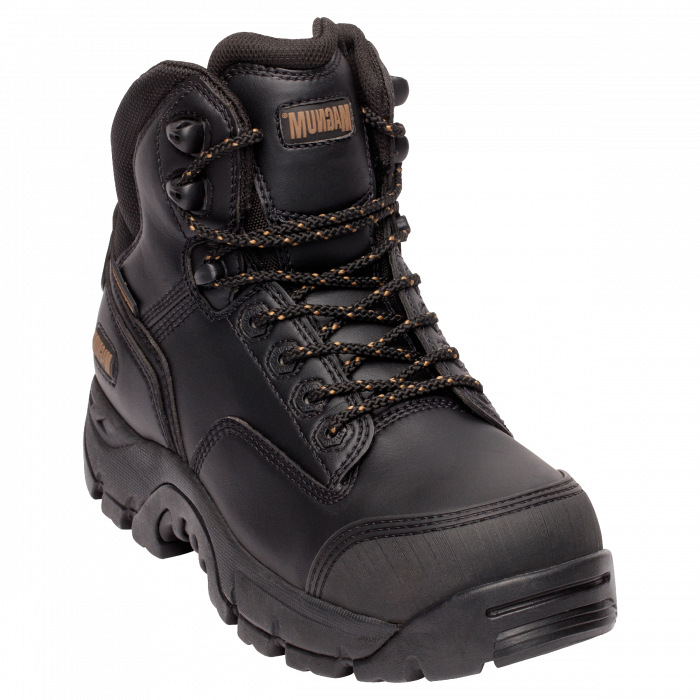Safety work boots are a crucial piece of equipment for many industries, providing protection against various workplace hazards. Two popular options in safety toe boots are composite toe boots and steel toe boots. Both offer distinct advantages and considerations, making it essential for workers to understand the differences to choose the right option for their needs.
What are Composite Toe Boots?
Composite toe boots are crafted from non-metal materials such as carbon fiber, fiberglass, or Kevlar. These materials are lightweight yet durable, providing reliable protection against impact and compression. Composite toe boots are often favored by workers who require electrical hazard protection, as they do not conduct electricity like steel toe boots. Additionally, they are more comfortable in cold weather, as they do not transfer temperature as much as steel.
Advantages of Composite Toe Boots
Lightweight: Ideal for workers who need to move quickly and maintain agility.
Electrical Hazard Protection: Safer for workers in environments with electrical hazards.
Insulation: Better suited for extreme temperatures, both hot and cold.
Non-conductive: Does not trigger metal detectors and safer around sensitive equipment.
What are Steel Toe Safety Work Boots?
Steel toe boots have been a staple in industrial settings for decades. They feature a steel cap in the toe area, providing robust protection against heavy objects and compression. Steel toe boots are known for their durability and ability to withstand harsh conditions, making them a popular choice across various industries.
Advantages of Steel Toe Safety Work Boots
Superior Protection: Offers excellent impact and compression resistance, ideal for heavy-duty work environments.
Durability: Long-lasting and can withstand extreme conditions and wear.
Stability: Provides stability and support for the feet and ankles.
Cost-Effective: Generally, more affordable than composite toe boots.
Comparison and Considerations
Protection Level: Steel toe boots offer higher impact and compression resistance compared to composite toe boots.
Weight: Composite toe boots are lighter, making them more comfortable for extended wear.
Electrical Hazard Protection: Composite toe boots are safer in electrical environments.
Temperature: Composite toe boots are better for extreme temperatures.
Cost: Steel toe boots are typically more budget-friendly.
Also Read: Understand the Importance of Investing in Safety boots
Choosing the Right Option
When choosing between composite toe boots and steel toe boots, consider your specific work environment, tasks, and personal preferences. If you need superior protection against heavy objects and compression, steel toe boots are the way to go.
On the other hand, if you prioritize lightweight, non-conductive, and comfortable footwear, composite toe boots are a better choice. Assessing your needs and consulting with safety experts can help you make an informed decision.
Conclusion
Both composite toe boots and steel toe boots have their strengths and are designed to meet different safety requirements. By understanding the differences and considering your work environment and preferences, you can select the right safety work boots to keep you protected and comfortable on the job.

